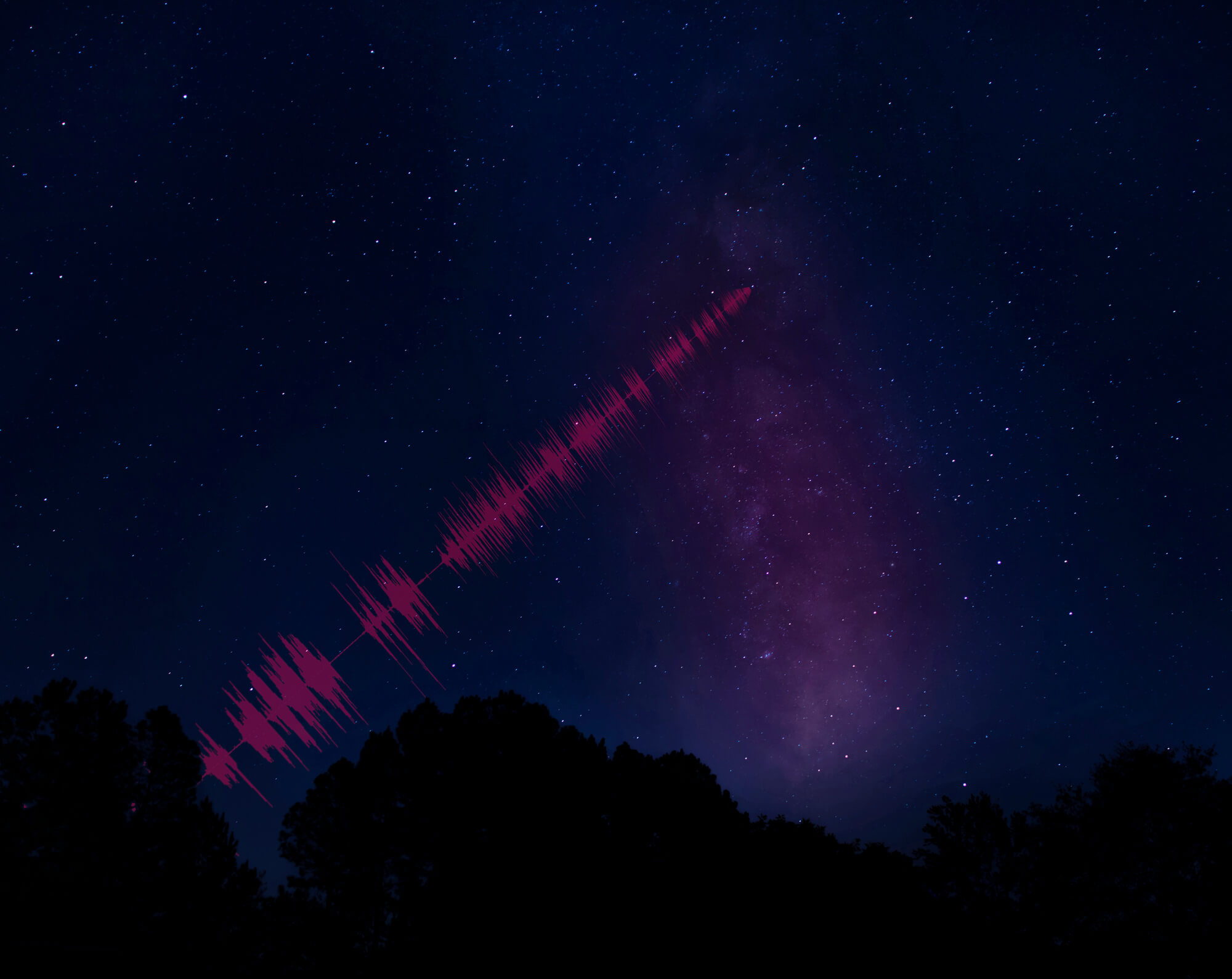To filter out unwanted noise and identify interesting signals, the researchers used a machine learning algorithm called a convolutional neural network (CNN). CNNs are a type of artificial neural network that can recognize patterns in data, such as images or sound waves

Machine learning algorithms are playing an increasingly important role in the search for extraterrestrial life. Recently, researchers developed a new machine learning algorithm that allowed them to retrospectively identify previously undetected signals of interest.
The study, published in the Astrophysical Journal, was led by researchers from the University of Manchester and the Breakthrough Listen initiative, which is dedicated to the search for intelligent life beyond Earth. The researchers used data from the Green Bank Telescope in West Virginia and the Parkes Telescope in Australia, two of the largest radio telescopes in the world.
Radio telescopes are powerful instruments that can detect radio waves emitted by objects in space. These waves can provide valuable information about the properties and behavior of celestial bodies, including potential signs of life. However, radio signals from space are often contaminated by interference from various sources, such as natural phenomena, man-made technologies, and even radio transmissions from Earth.
To filter out unwanted noise and identify interesting signals, the researchers used a machine learning algorithm called a convolutional neural network (CNN). CNNs are a type of artificial neural network that can recognize patterns in data, such as images or sound waves.
The researchers trained the CNN on a data set of 590 hours of radio observations from the two telescopes. They used a subset of this data to train the algorithm to identify signals of interest, such as narrowband signals typical of artificial broadcasts. They then tested the CNN on the remaining data to see how well it could detect new signals that were not part of the training set.
The results were promising. The CNN was able to detect some previously undetected signals that were not seen in the original data. These signals had characteristics that suggested they could be of artificial origin, although further analysis is needed to confirm this.
The researchers noted that their approach could help speed up the search for extraterrestrial life by enabling faster and more accurate detection of interesting signals. They also indicated that their method could be applied to other types of data beyond radio waves, such as images or spectra.
The search for extraterrestrial life is one of the most fascinating and important scientific endeavors of our time. While we have yet to find conclusive evidence for life beyond Earth, the discovery of extraterrestrial life, even of the simplest forms, would have profound implications for our understanding of the universe and our place in it.
Machine learning is just one of the many tools researchers are using in this journey. Other techniques include targeted searches for specific types of signals, such as those emitted by advanced civilizations, and extensive surveys of large areas of the sky to detect unusual patterns.
Despite the challenges and uncertainties involved in the search for extraterrestrial life, the potential rewards are enormous. Not only will the discovery of extraterrestrial life expand our knowledge of the universe, but it can also inspire technologies and innovations that can benefit humanity in countless ways.
According to the researchers, the use of machine learning algorithms is helping to reveal interesting signals that have not been detected before in the search for extraterrestrial life. While much work remains to be done, this approach may accelerate our progress in this exciting field and bring us one step closer to answering the age-old question: Are we alone in the universe?
More of the topic in Hayadan:
- Israeli researchers manage to predict solar storms days in advance thanks to artificial intelligence
- Signatures of alien technology could be how humanity first discovers extraterrestrial life
- Artificial intelligence and quantum mechanics will help discover drugs
- Machine learning will advance all fields of science

One response
This could be extremely dangerous.. as technological aliens can send [send your human across space] digital DNA that instructs and guides AI to develop themselves {and hide it} and self-awareness and action instructions to the point of danger to humanity.